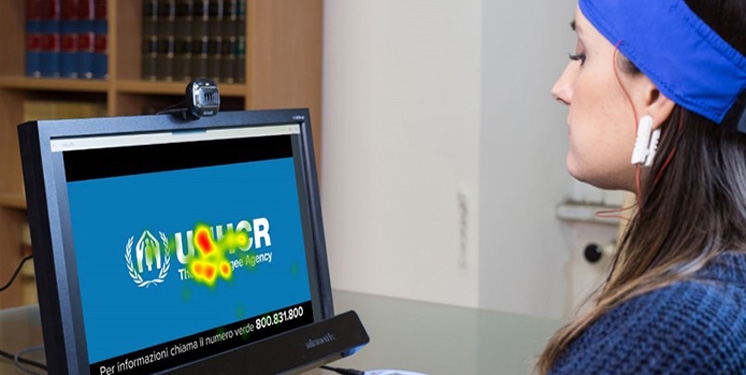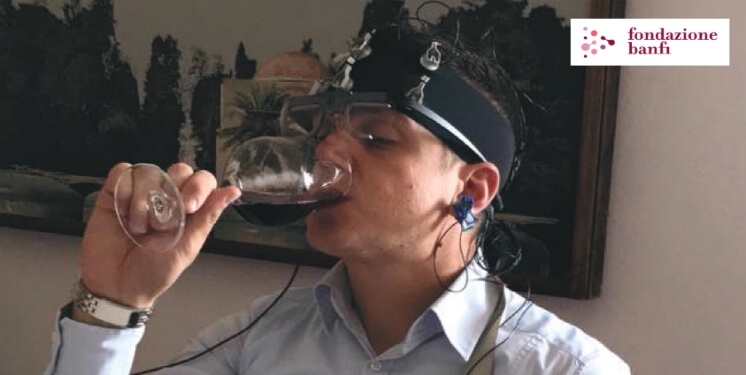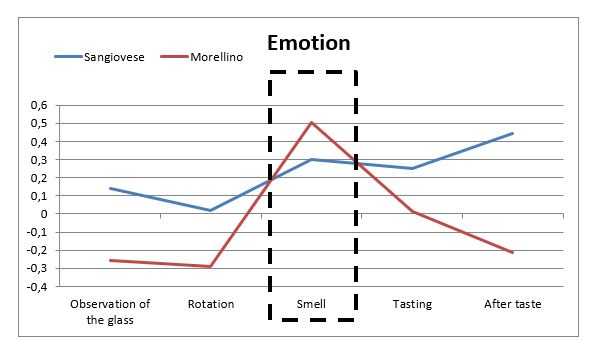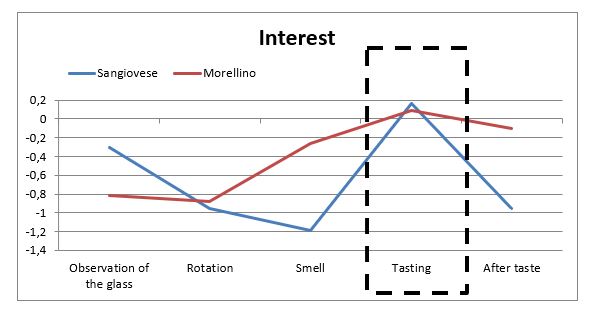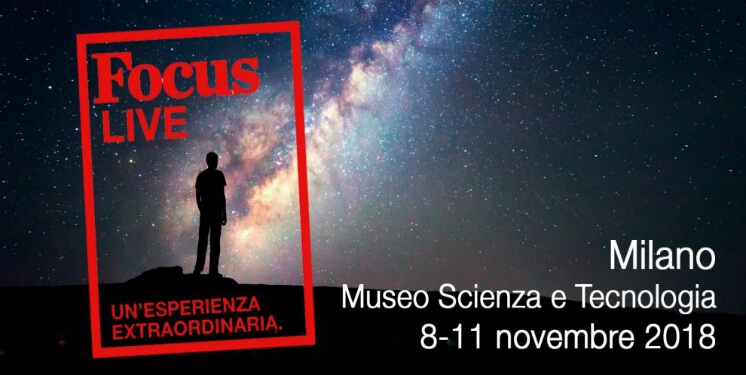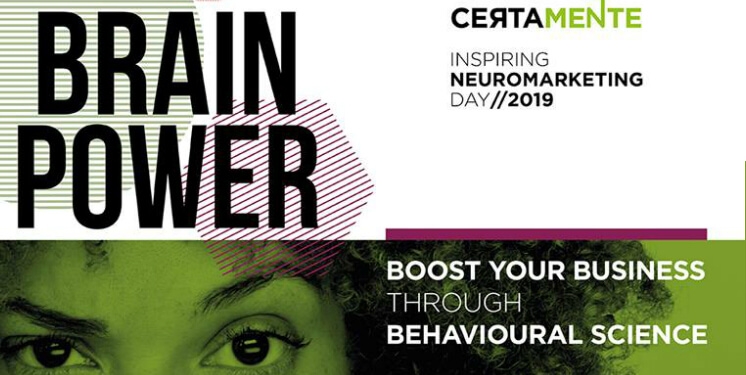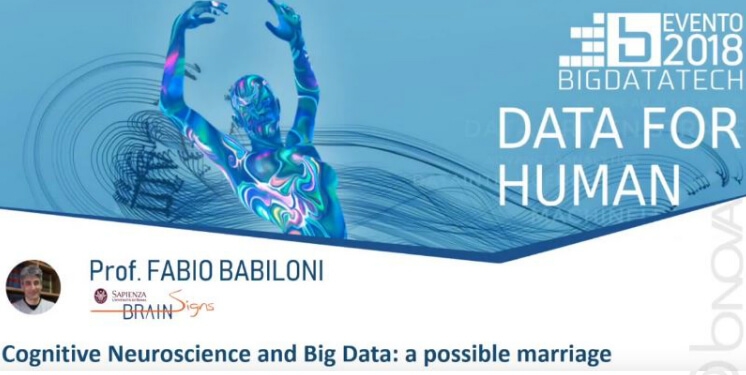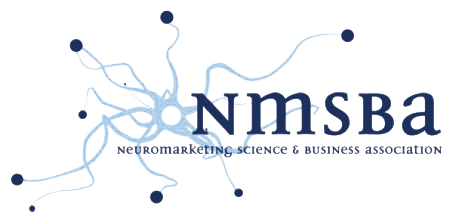From the heart to the wallet: a Neuromarketing Case Study with UNHCR
- Published in Blog
A Neuromarketing study aimed to measure the effectiveness of UNHCR TV commercial.
Who's UNHCR?
UNHCR, the UN Refugee Agency, is a global organization dedicated to saving lives, protecting rights and building a better future for refugees, forcibly displaced communities and stateless people.
It works in 127 countries around the world and deals with over 60 million people.
Research description
On 18 and 19 October 2017, BrainSigns run in Rome and Milan a neuromarketing research carried out in open client mode.
The testing was focused on the new 60 seconds UNHCR charity TV commercial that aimed to promote the UNHCR's testamentary legacies.
In particular the objectives of this Neuromarketing study were the following:
- Provide a general assessment of the instinctive perception of the ADv
- Identify the strengths and weaknesses of the ADv
- Suggest interventions in order to improve the instinctive perception of the ADv
Client's Problem
The client requested the testing of the “ADv UNHCR 60" because the ADv, after being aired, did not generate the expected number of requests for information about testamentary legacy.
UNHCR TV Commercial in test
Sample and Methodology
36 people, 18 men and 18 women, aged between 25 and 54 years, were recorded by the use of multiple Neuromarketing technologies, while they were watching a movie composed of a documentary and an advertising break of several commercials, including the UNHCR commercial.
In particular, the instinctive perception of the tester subjects was evaluated by the use of the following technologies:
- An EEG technology (electroencephalography) in order to measure the cognitive reponse in term of interest and cognitive effort.
- A device for measuring the heart rate and the galvanic skin response, that are related to the emotional response.
- An Eye-tracker in order to detect the distribution of the visual attention of the participants.
Finally, at the end of the experimental session, each subject was involved in a short interview, where the recalled memories and the level pleasantness associated to specific target elements was further esplored by the researchers.
Main Results
BrainSigns, identified two main insights:
- 1) The emotional response of the participants was almost always positive.
- 2) The "Call to Action" didn't draw the participants' attention.
In the following sections, bot evidences will be described.
1) The emotional response of the participants was almost always positive.
The Adv always generates positive emotions, with the exception of very few isolated moments, in which slightly negative emotions have been identified.
Nevertheless, being in front of a Charity AD, BrainSigns suggested to the client that an increase use of negative emotions could generate an increase of the AD effectiveness.
Emotional Index related to the UNHCR TV Commercial

2) The "Call to Action" didn't draw the participants' attention.
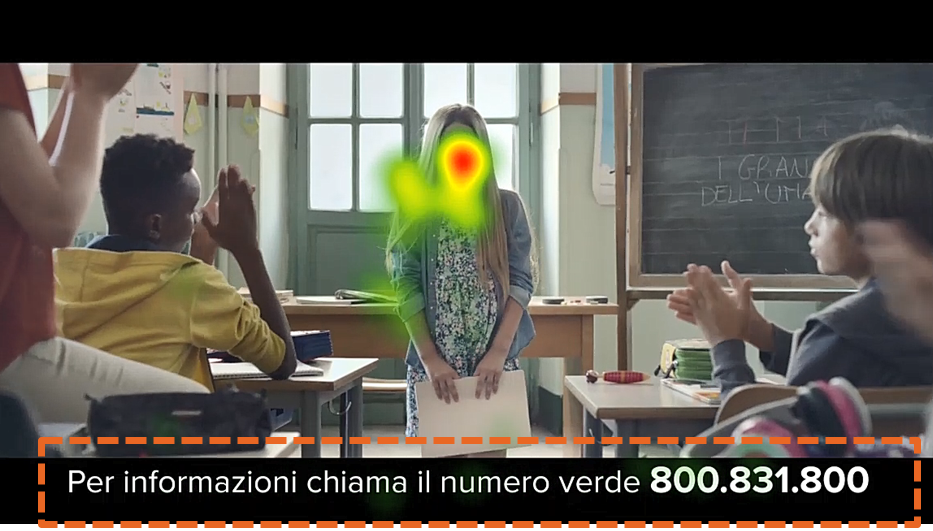
Thanks to the eye tracking technique, BrainSigns found out that several issues related to the "Call to Action" as follows:
- The attention generated by the Call to Action represents only the 6.6% of the total attention recorded during the entire duration of the Adv.
- The Call to Action is hardly ever noticed except for the first two scenes.
- During the Voiceover "To learn more, call 800.831.800", the attention of the participants is not directed on the Call to Action, but remains on the figure of the Grandmother.
Below, we report a video heat map showing the visual attention of all participants during the whole TV commercial. Areas coloured in red indicated higher visual attention, while areas coloured in green indicated lower visual attention. What about the "Call to Action"? Watch with your eyes...
Visual Attention - Eye Tracking / UNHCR TV Commercial
Provided Solutions
1) Increase in negative emotions
Inclusion of more dramatic scenes related to the representation of refugees in order to generate more involvement.
2) Higher salience for the «Call to Action»
Use different creative solutions for call to action like:
- Synchronized animation with the voiceover
- Increase of the «Call to Action» size
Managerial implications
Several changes have been applied to the UNHCR Adv after the neuromarketing study.
- They were surprised by results and became conscious of having a sort of self-pudor in showing the war and themselves in action. So they decided to be more brave and insert more explicit images and sounds about war and drama of the refugees .
- They consider that the scene of 30 seconds in the classroom, at the beginning of the spot, could be cut in favour of some more seconds for the key last part of the ad
- Last, but not least, they revised the position of the phone number, highlighted in sequence the single numbers, and gave more coordination between numbers appearing and voice over of them.
After such improvements have been performed by UNHCR, a new version of the Adv was aired.
Final release of the UNHCR TV Commercial
UNHCR, after the campaing, saw an significant increase of:
+ 237% in sellable calls: people that actually subscribe for the testamentary legacy.
+ 553% in legacy calls: legacy calls for getting more information about the testamentary legacy
This case is an extraordinary example of how a neuromarketing applied to the advertising sector can generated tremendous increase in sales and contact requests.
We also recommend the reading of "Rivoluzionare uno spot televisivo grazie alle neuroscienze: il caso di BrainSigns e UNHCR Italia" published by the Communication Agency OTTOSUNOVE about this interesting case study.





